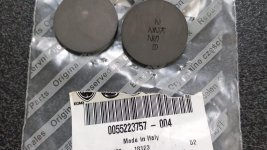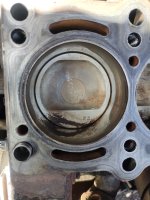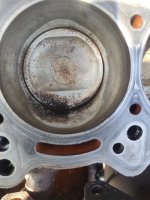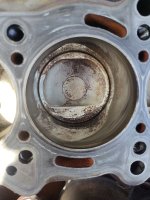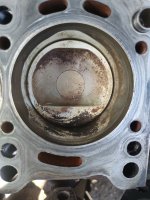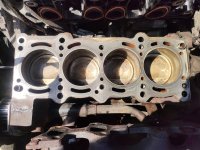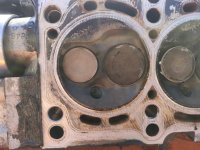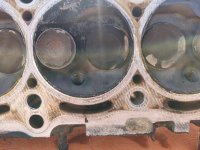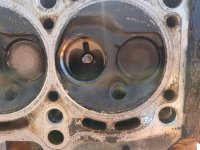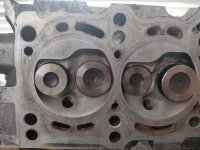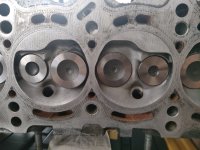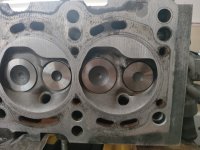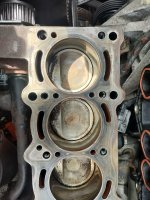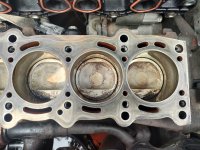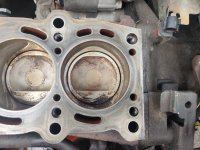Zero clearance during measurement gives the feedback that feels like a slight drag, small resistance.
Same for calibrating tools, like micrometer + gauge blocks = when you're on size, there is a drag (should be).
That's how you develop "the feel" (how much force is needed/expected during various checks, using different tools).
Your calculations are OK, here is a (re)check using old-school program (non-english unfortunately), works only under DOS and Windows
32-bit.
It utilizes mouse to navigate. Download (zip file), if someone is interested:
LINK. Nothing to write home about. Translation (table)...
Valve, Exhaust/Intake
/ Current shim is
/ Lash measured
/ Desired lash is
/ New shim should be
/ EPER part number
/ "Freccia".
View attachment 467255
Grande model is default (clearances 0,40 / 0,30). It spits also rounded values for aftermarket shims (0,05 mm increment). Brands like "Metelli" or "Freccia".
You can swap 3 or 4 existing shims (so only 4 or 5 to be purchased, not all eight)... Example below (options, alternatives).
View attachment 467262
Again, main goal is to be equal/even (lash), then the value (is it perfect, or smaller, or a bit bigger - but make ALL clearances bigger, that's the point). Being "in tolerance" for the sake of it, is NOT a primary goal of the valve lash adjustment procedure (it's a secondary goal).
But, first of all, make sure that your valves are not looking like that (use USB endoscope). Adjusting lash in such case is pointless, doesn't make sense.
View attachment 467260
Next thing to do (after sorting out the lash) will be the ignition coils module. New strong one makes sparks at 1,5 ms (dwell, "coil charge time" in
MES), but when it's old and weak it needs more "charging" (dwell jumps above 2,0 ms - max. is 2,5).


